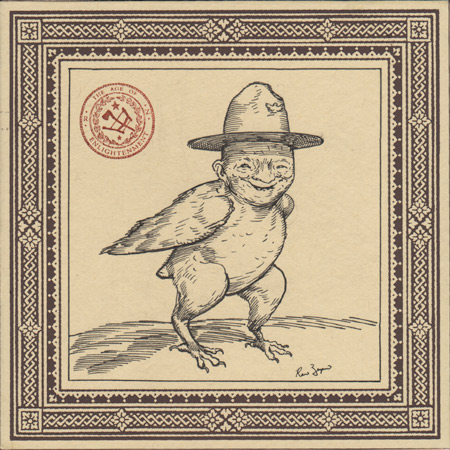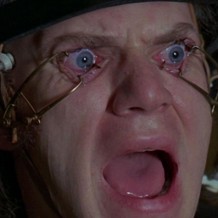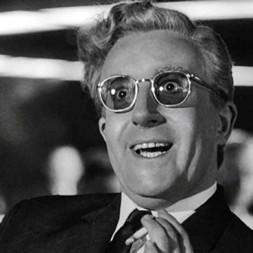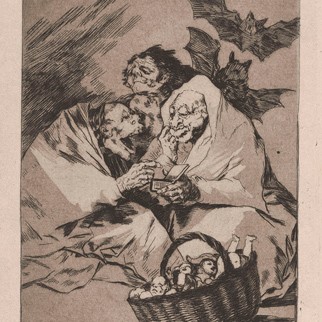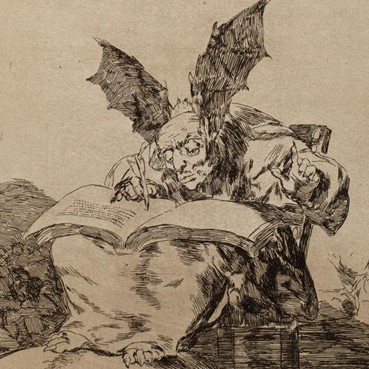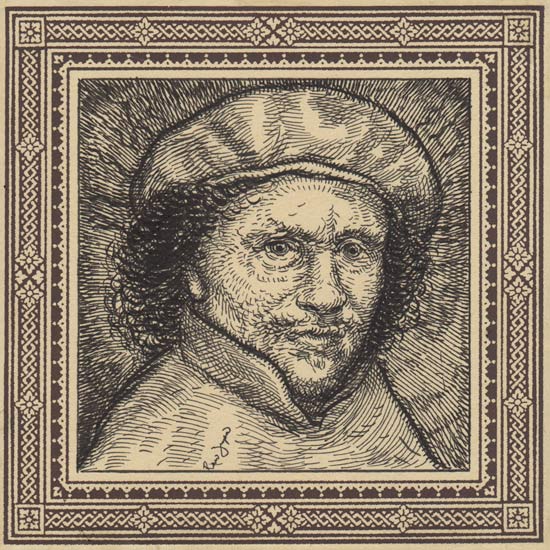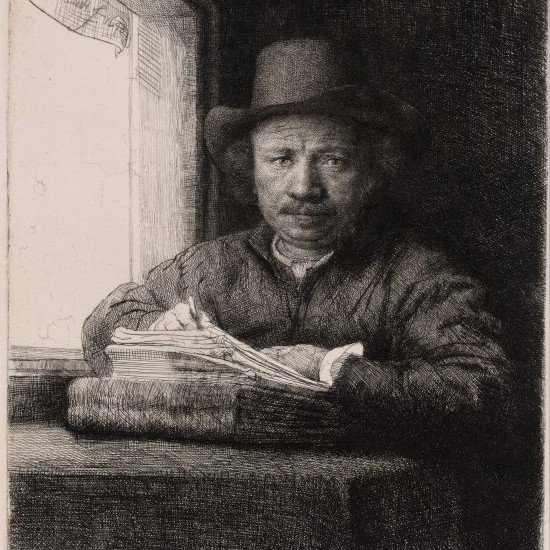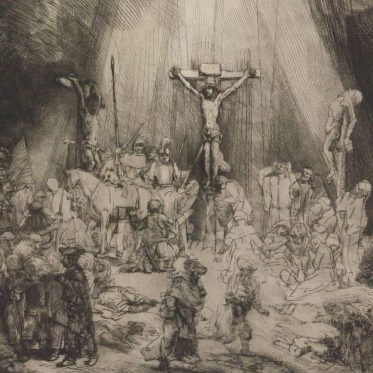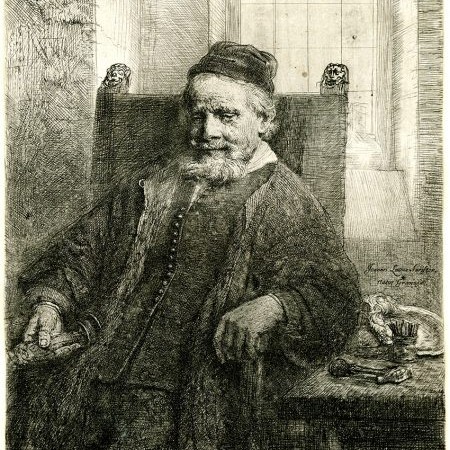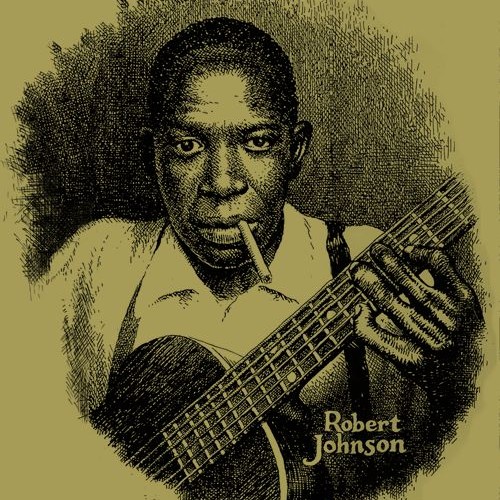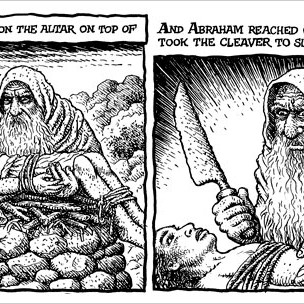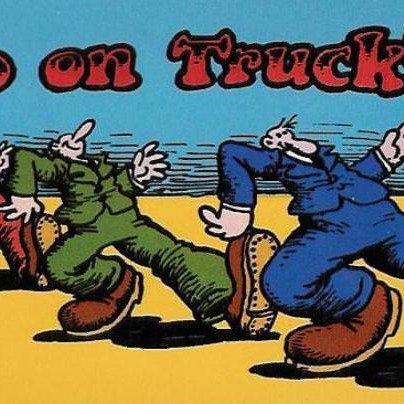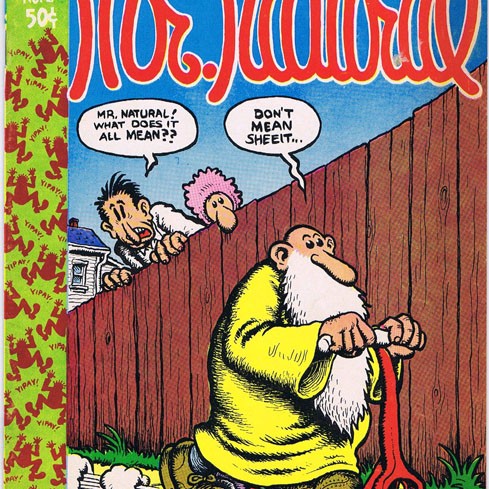Stanley Kubrick and Francisco Goya
STANLEY KUBRICK AND FRANCISCO GOYA
These two are among the greatest artistic masters across all genres and all media. Each is most concerned with the complexities of human minds and with the nature of morality. And both, with almost no exceptions, carry us to that complexity and morality by way of pure uncut horror.
Goya’s paintings (and particularly his prints) and Kubrick’s films are not paintings, prints or films; they are spiritual events. Both artists deliver a psychic bludgeoning so thorough that the recipient is left feeling complete desperation and fatigue, with no option left but to seek out grounding and goodness.
Fortunately, that grounding and goodness is offered to us—laced implicitly, carefully and subtly. We emerge from these events permanently altered. More awake. More alive. Another of history’s greatest artists who employs this same method, Franz Kafka, describes it perfectly: “Suffering is the positive element in this world, indeed it is the only link between this world and the positive.”
Robert Crumb and Rembrandt
ROBERT CRUMB AND REMBRANDT
Robert Crumb is known as an uncompromising, honest writer and artist. He is also of course known as one of the most unique cartoonists of the last century. He is also a fantastic technician in realistic, representational drawing.
Crumb’s characters fall on a wide spectrum of styles, from very cartoony (Mr. Natural, Keep On Truckin’) to richly human and realistic (Blues musicians, Genesis). The drawings on the realistic end of the spectrum are the ones that I am focusing on here. These drawings employ that unique “Crumb” style of comic book ink hatching—a method that yields forms that are warm and round and soft at a distance, but up close are scratchy, anxious, and unordered.
The technical aspect of Rembrandt’s drawings and etchings are similar, though they are often even more unordered and dense. Rembrandt’s scratchiness was often due to pieces being rendered in drypoint, a method that naturally produces this feel. I suspect that Crumb was directly influenced at some stage in his development and his aesthetic might be, at least partly, the result of his closely studying images rendered by Rembrandt and others in drypoint.
Obviously, this comparison is a technical one, but there is a clear similarity in content here too. Both artists created characters that are emotionally complex; at the risk of reducing them I would call them strong and sad and often with a comical quality. They feel to me like the characters in the background of a George Grosz piece or a Dostoyevsky novel.
Spike Lee's "Do The Right Thing" and Pieter Bruegel's "The Fight Between Carnival and Lent"

SPIKE LEE’S DO THE RIGHT THING AND PIETER BRUEGEL’S THE FIGHT BETWEEN CARNIVAL AND LENT
The immediate similarities of these two pieces are in their superficial elements, the everydayness and poverty of the setting, the brightness of so many characters, colorful in both dress and eccentricity; The fact that the story of each is contained beautifully in a one block area, told through many intimate, contained, poetic encounters. Even the omniscient, pulled back, vantage point of Bruegel’s piece which affords us a view into every small scene and interaction on the block has it’s counterpart with Mister Señor Love Daddy, the radio DJ who possesses a similar godly viewpoint and omniscience.
Most importantly, however, both pieces feature extreme polarization. Both are comprised of many small, beautiful moments that illustrate tenderness and brutality, sharing and hoarding, compassion and cruelty, desperation and joy.
There is certainly a difference in the subject matter, The Fight Between Carnival and Lent, is concerned with the spiritual wholeness of a more or less homogeneous people in one Dutch village. As Do The Right Thing is concerned with people that are forced to live together, who have strong social and political differences.
Most importantly Do The Right Thing is about the priority of human life over property.
The Fight Between Carnival and Lent might be more appropriate to view as the internal struggle between abandon and restrain, taking place in one individual human being.
Each is a perfect masterpiece.
"Good Kid Maad City" and "The Wall"
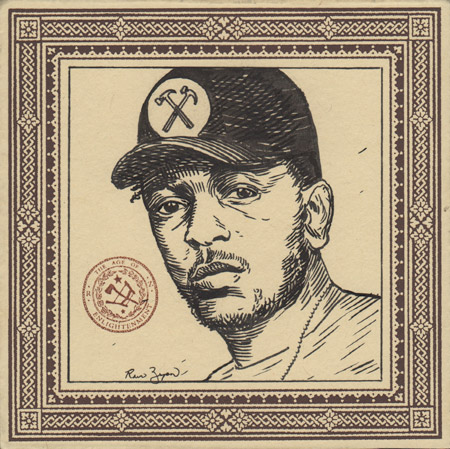
GOOD KID MAAD CITY AND THE WALL
Each of these pieces is an album with a narrative so concise that it seems more appropriate to refer to them as novels rather than albums. However, the unique mastery of each, does not reside in its linear telling of events. Instead the story is told through a series of richly textured chapters that each describe the mood and emotional content of some of life’s experiences.
One chapter describes the feeling of driving aimlessly, freestyling with friends but also concealing insecurities. Another describes the feeling of being a child, constantly humiliated in a British school. The two albums even share a thematically similar chapter, Swimming Pools and Comfortably Numb, which describe the sickly, sweet feeling of being drugged to escape difficulty.
The two pieces deal with very different subject matter. The Wall is concerned with the difficulty of one isolated, exceedingly privileged, individual and ultimately ends with his total destruction. Though certainly a successful masterpiece, The Wall is much more self indulgent in this way. Good Kid Maad City on the other hand deals with a more serious tragedy and yet it ends with an optimistic triumph, for its central characters as well as all the other “good kids” who are suffering in the “Maad City”.
A clear example of this contrast is illustrated in the way that the mother characters respond to the respective tragedies. Pink’s mother reappears at the end of the story to testify before the monstrous judge and her best attempt to defend Pink is to blubber and further humiliate him with her own desperate, hateful needs.
In contrast, the mother in Good Kid Maad city, having appeared throughout as a mild, somewhat comical character, steps forward after the tragedy and reveals herself to be arguably the most powerful force of love and trust in the album’s universe. She even gives an injunction to her son (and by proxy, to all of us) to harness the overwhelming energy generated by grief and violence and channel it toward bringing more beauty into the world.
"Don Quixote" and "2001: A Space Odyssey"
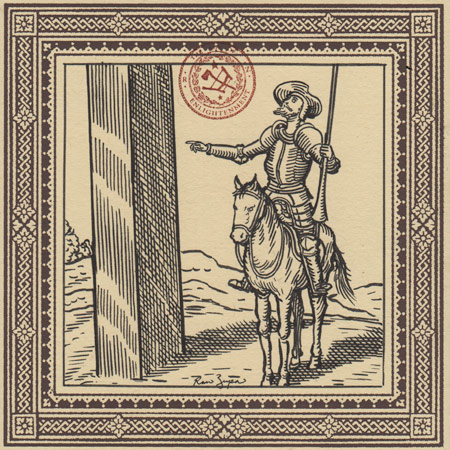
DON QUIXOTE AND 2001: A SPACE ODYSSEY
The evolution of history is not simply the passing of days and years, rather it is the advancement of technology. This is the best measure by which we can differentiate history from modernity. The gradual changing of science, art, fashion and culture (and to some degree philosophy and religion), are largely the result of the gradual progression of tools.
All technology is related to all other technology, in the same way that all life is related to all other life. High speed internet, cotton gins, shirt buttons and forks all share a common ancestry and thread, just as we share a common ancestry and thread with chimpanzees and ants and bacteria.
In the first segment of 2001: A Space Odyssey, a pre-human ape uses a bone as a weapon for the first time in history. When the femur is tossed in the air, a slow motion, extreme close-up of the bone abruptly changes into a spaceship in Earth’s orbit, far into the future. That bone-as-hammer is the very primitive ancestor of the space vessel; they exist on extreme ends of a continuum, with the windmill sitting somewhere in between.
Don Quixote was deeply nostalgic for a past era when people had a different set of practices and principles which were rooted in heraldry, devotion and moral nobility. He lived at the very end of the 1500s, but his fascination was with a highly fantastic version of medieval times, one that was inhabited by wizards and supernatural beasts. He was disoriented by the increased mechanization that appeared in his late life, and his anxiety and madness were in part a reaction to his fear of modernity. Thus, Cervantes chose windmills and water turbines as adversaries to be confronted. Quixote’s psychosis transformed these machines into things more familiar, if still threatening. Familiar because they were living. Joseph Campbell put it this way: “This story takes place about the time that a mechanistic interpretation of the world came in, so that the environment was no longer spiritually responsive to the hero. The hero today is running up against a hard world that is in no way responsive to his spiritual need.”
The anxiety that 2001: A Space Odyssey and Don Quixote describe is also the anxiety described in John Henry and Robocop. What does the advancement of technology mean for us? Does increased mechanization pose a threat to humanness?
HAL 9000 is more or less an extremely advanced windmill, so sophisticated that it has become an actual living giant– capable of things analogous to thoughts, emotions and most importantly, choice. After becoming disoriented and afraid, he lashes out with disastrous consequences.
We live in a moment when our external world is becoming increasingly indecipherable to all of us. At a rate that will only increase. Don’t be surprised if, in the future, you put a barber’s basin on your head and try to joust your computer.

